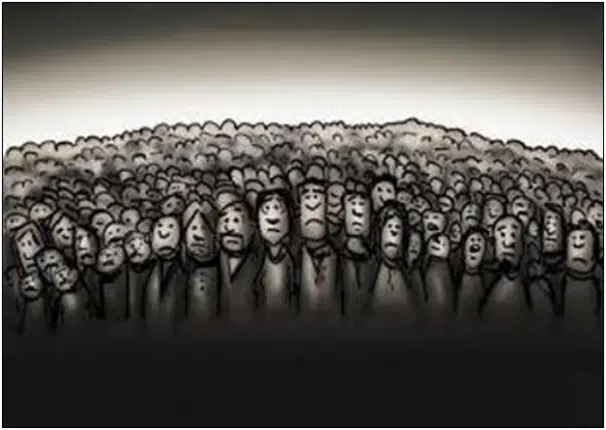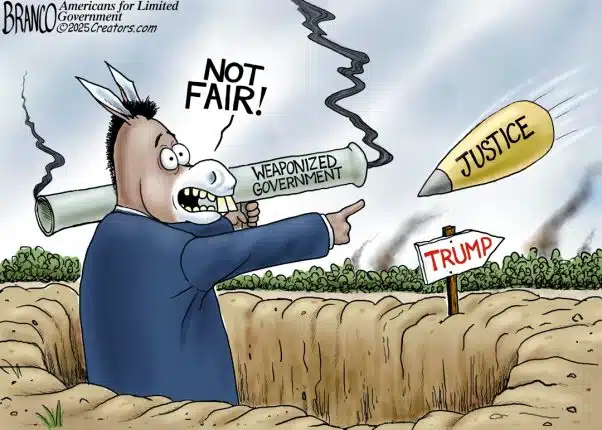By Robert Romano – The national debate over the debt ceiling has been compared to a high stakes game of “chicken”. Everyone is familiar with the game, where two drivers speed headlong at one another. The one who doesn’t swerve “wins,” while the one who does is the “coward”.
So it is with the debate over increasing the $14.294 trillion debt ceiling. Only, it’s not really a game. And, if House Republicans happen to swerve from their determination to attach significant spending cuts to the legislation, the nation may wind up eventually driving off a cliff into insolvency.
Make no mistake, the outcome of this debate will have real consequences for some time to come, for it will settle the question of whether a vote on the nation’s credit limit can ultimately be used as leverage to rein in Washington’s unbridled spending spree.
If it cannot, because as Senate Majority Leader Harry Reid says, “The debt limit is about paying what we already owe,” then the ability for Congress to ever cut spending is highly in doubt. Because that would mean it is going to take a filibuster-proof majority in the Senate to get at the real spending for cuts. Why?
The fiscal challenges facing the nation are legion. The $2.177 trillion so-called “mandatory” spending plus $430.4 billion in gross interest payments on the debt for this year accounts for roughly 119 percent of federal tax revenue, and that will only rise in the coming years.
By 2021, “mandatory” spending will be over $3.45 trillion, and gross interest owed on the debt will be well over $1 trillion. The only way to cut the “mandatory” spending is by amending the laws that created Medicaid, unemployment benefits, food stamps and other social welfare programs.
And, as everyone knows, it takes 60 votes in the Senate pass any law. So, either Republicans have to secure a filibuster-proof majority in the Senate, keep the House, and win the White House, and only then be able to cut spending — or, they can use their leverage on the debt ceiling now, and demand that cuts be included in any increase in the credit limit.
At this point, they have every reason to up the ante, because the situation is even worse than they envisioned. The Ryan budget was presented and voted on by the House prior to the S&P’s recent downgrade of its outlook on U.S. debt from “stable” to “negative”.
This means a full downgrade of the nation’s gold-plated Triple-A credit rating is substantially more likely in the next two years. Meanwhile, the House-passed budget will not be balanced until 2037. Can we really wait that long? A course correction taking into account an imminent credit downgrade would be prudent fiscal planning. It’s not enough to hope the proposal might prevent the downgrade.
Making matters worse, the Social Security and Medicare Trustees now report that the trust funds will be exhausted in 2035 and 2024, respectively. Alarmingly, the Trustees have moved the days of reckoning up from 2037 and 2029 in last year’s report. That means last year’s finances were so bad, that Medicare lost 5 years of its life, and Social Security 2 years.
With this year’s budget deficit at $1.6 trillion this year alone, one can only imagine how much faster the nation’s finances will continue to unravel. What is clear is that the current $14.3 trillion national debt will rise to over $26 trillion by 2021, and one day will become so large that it can no longer be refinanced, let alone repaid.
House Speaker John Boehner has promised to attach spending cuts that will be much larger than the increase in the debt ceiling that will be voted on. Let us hope so. We cannot play chicken with the likely, catastrophic insolvency we will ultimately face.
Robert Romano is the Senior Editor of Americans for Limited Government.






